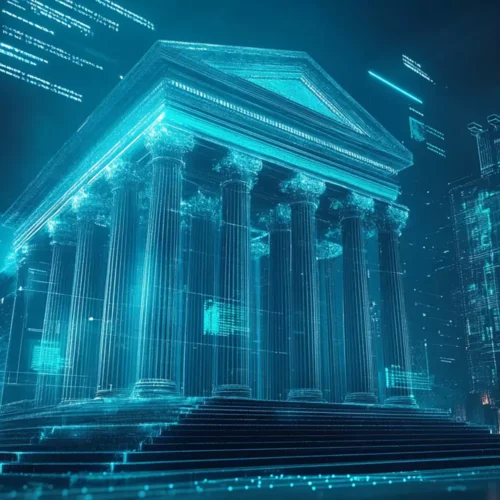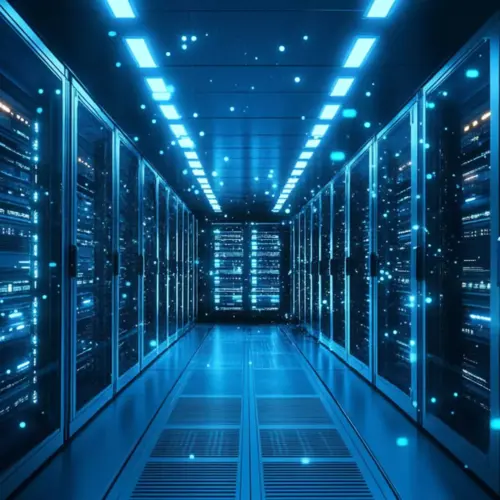Organizations are spending more on technology than ever, especially software. Gartner predicts that software sales will soar 11.8 percent in 2022, reaching nearly $755 billion globally.
Yet, as the economic environment changes, business decisionmakers want to make sure that investments are focused on the right priorities and avoid duplicative spending. So, does it make sense for your IT team to implement a configuration management database (CMDB) to track changes to IT hardware and software?
You may already have an IT asset management (ITAM) solution that tracks hardware and software for financial, operational, and compliance purposes and integrates with your IT service management (ITSM) platform. If so, business leaders might ask why you need to deploy a second solution that tracks the same assets. If you don’t, these executives may prioritize the purchase of an ITAM platform over a CMDB, to move your organization off spreadsheets.
Typical Complaints About Implementing and Operating a CMBD
There are typically three issues that business or other leaders may raise about implementing and maintaining CMDBs. They are:
- CMDBs don’t contribute to achieving the business strategy: Business leaders may not favor paying for a CMDB, because they may not see the value of it. These executives see the value of using an ITAM solution to optimize IT spend, such as getting full value from hardware warranties and software licenses. They also see the value of deploying ITSM solutions to improve incident management, keeping digital services high. However, tracking solution configurations and change management doesn’t directly contribute to achieving your organization’s business strategy.
As a result, if you’re selling these solutions to business counterparts, you will need to articulate the benefits of well-orchestrated change and configuration management processes. These benefits include ensuring high availability of digital services, improving operational stability, and maximizing revenue and workforce productivity, goals your business counterparts want to achieve. - CMDBs may be poorly implemented: Moving from spreadsheets to a CMDB to track asset status and updates can unlock new value for your organization, but only if this process is handled well. It’s important to get top-level buy-in for a CMDB, select a solution that meets organizational requirements, and use best practices for implementing and maintaining it.
Your business counterparts will want to see reporting and data visualization capabilities as well as understand your plan for keeping data fresh and relevant.
Device42 provides a how-to document, The Technical Guide to CMDB Best Practices, that walks your team through this important process.
- CMBDs don’t have trustworthy data: Historically, configuration management tools have required that your IT team manually input and maintain data, which increases the risk of manual errors and omissions.
Fortunately, those days are over. Modern CMDBs now offer auto-discovery capabilities, providing your IT team with the ability to schedule updates and reporting whenever it’s needed.
Your IT team can use change and configuration data to drive IT maintenance and update programs, while service teams can rely on it to accelerate and focus incident management. In addition, business leaders will be able to trust that data is accurate, because your CMDB uses automated processes to generate near-real-time data. As a result, IT can use data to explain issues such as application dependencies or which systems are nearing end of life, gaining business buy-in for modernization initiatives and new investments.
So, yes, your organization needs both ITAM and CMDB capabilities. While they track many of the same assets, these solutions are used for different purposes. Your ITAM guides strategic decisions on how to manage assets to accomplish key business objectives, while your CMDB helps organize day-to-day work for IT teams and provide quality control for processes.
However, here’s the good news. Some CMDBs also offer ITAM capabilities. So, there’s no need to deploy and manage a separate solution to track assets for financial and other purposes. This should please business decision makers seeking to rationalize IT spending.
Selecting the Right CMDB
So, how can you select the right CMDB for your organization? Here’s a shortlist of key factors to consider.
- Agentless: Agentless solutions use a central management server to connect to devices and report back. They pull data from physical servers, hypervisors, cloud, network devices, applications, and more, without requiring that an agent be connected to every device. This process saves your IT team time and effort.
- Auto-discover resources: Your CMDB should be able to auto-discover and connect all IT resources into a single repository, increasing the accuracy of reporting. That way your IT team can focus on higher-level strategic work, such as analyzing which applications will be affected by modernization initiatives.
- Automate data normalization and categorization: You could cleanse and categorize every configuration item (CI), but wouldn’t it be better if your CMDB does this for you? You can then focus your time on updating and extending the CIs to meet your organization’s business and technical requirements. And if you want to develop your own CIs, that’s an option, too.
- Integrate with other solutions: Your CMDB should integrate with the other tools you use, such as ITAM and ITSM platforms. The up-to-date change and configuration data enhances the data in these other platforms, enabling teams to have richer discussions about asset management or more quickly identify the source of an incident.
Deploy a Best-of-Breed CMDB Today
There are many CMDB solutions on the market available today. However, with this article as your guide you’ll be able to sell the business on the need for a CMDB solution and select one that meets your requirements.
No matter how many physical, virtual, and other assets you need to track, a CMDB can help you organize, execute, and improve change control and configuration management processes.
A modern CMDB solution should be agentless and auto-discover all your resources; clean and configure CIs; and integrate with platforms such as the ITSM solution you’re already using. As a result, you get greater visibility into your IT assets, their condition, and how they’re changing over time. This information will be invaluable, as your organization pursues cloud and digital strategies, seeks to improve security and compliance, and achieve other critical business objectives.




